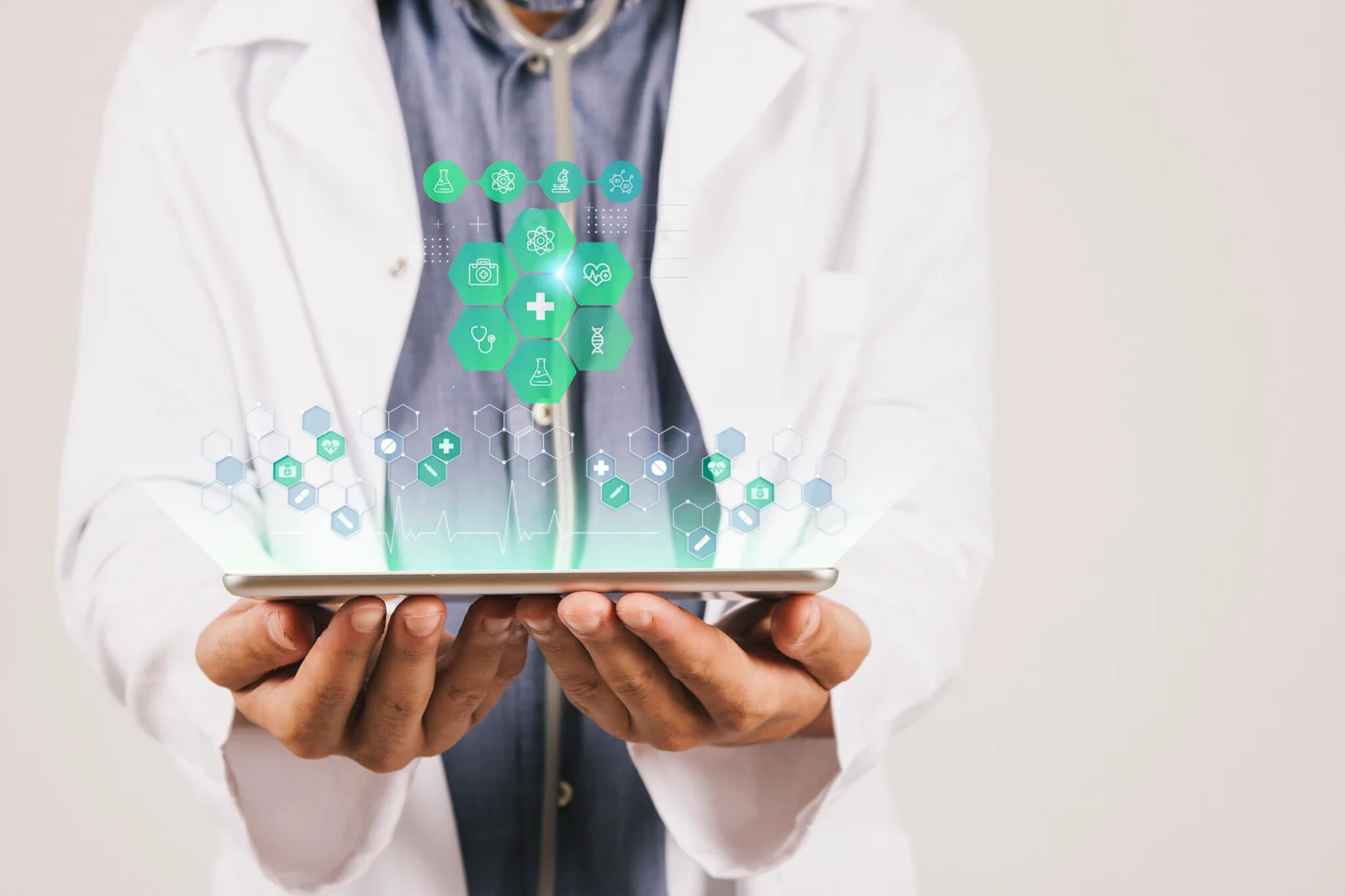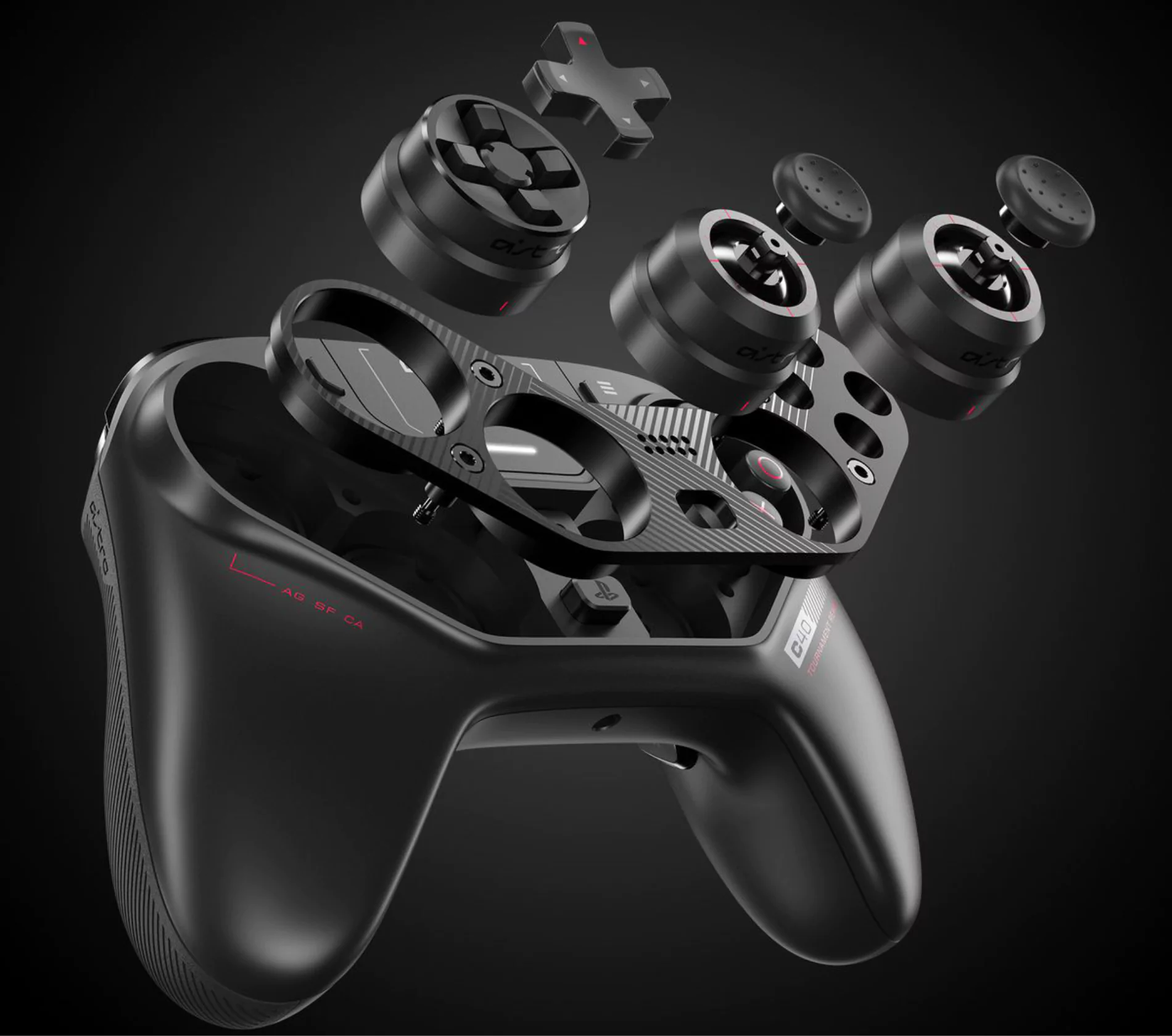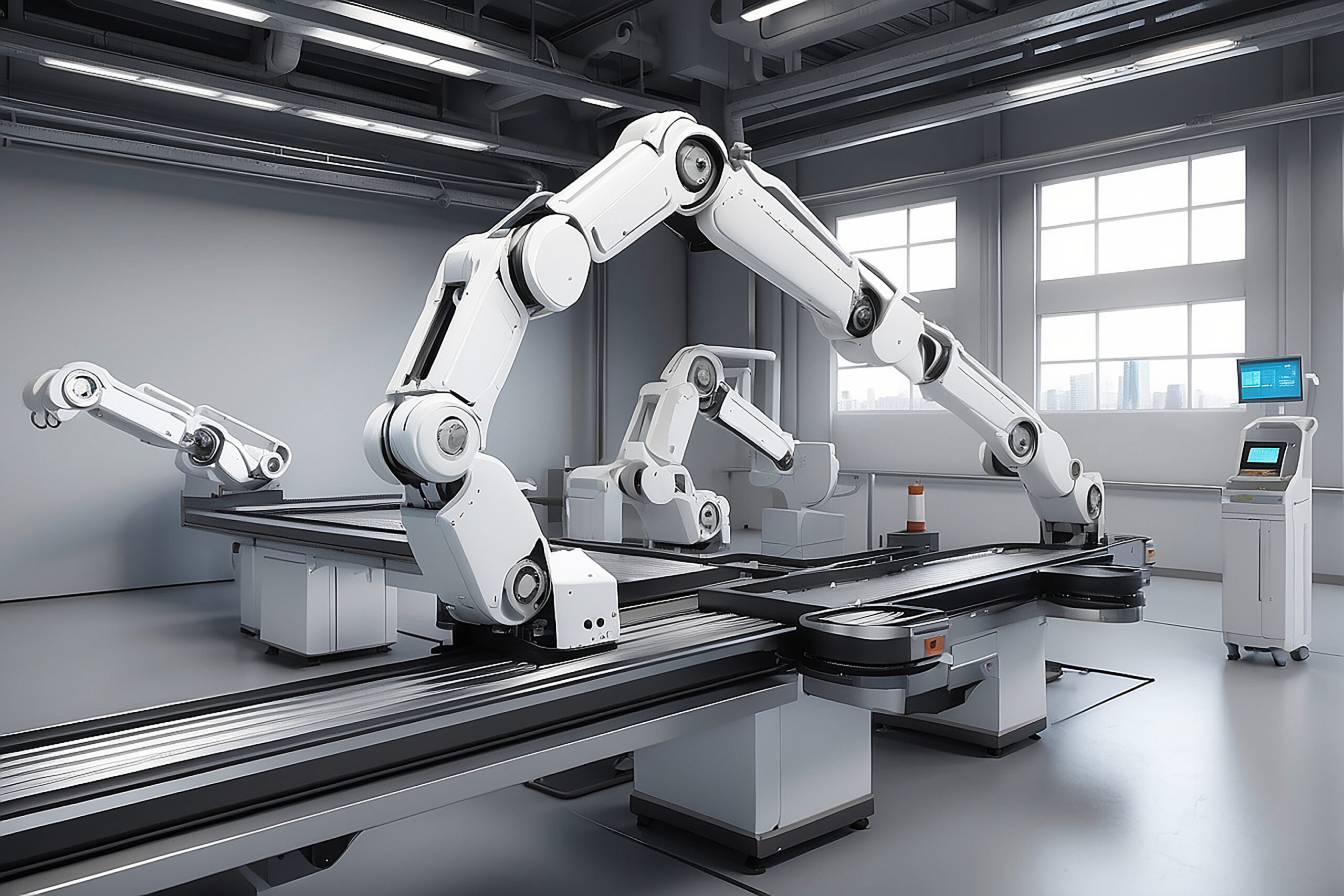The world of healthcare is undergoing a profound transformation, and at the heart of this evolution lies a powerful tool: 3D visualization. In recent years, 3D visualization has emerged as a game-changer, revolutionizing how we perceive, understand, and engage with medical imaging and patient education. This technology allows us to transcend the limitations of traditional two-dimensional imaging, providing a three-dimensional window into the human body. In this blog post, we will journey through the remarkable world of 3D visualization in healthcare, exploring its transformation impact on medical 3D visualization and patient education.
The human body is an intricate tapestry of organs, tissues, and structures, each with unique roles and complexity. When it comes to medical imaging, capturing this complexity accurately is paramount for diagnosis, treatment planning, and patient education. Traditional 2D imaging methods, while invaluable, often struggle to convey the full picture, leaving healthcare professionals and patients with a somewhat fragmented view.
Enter 3D visualization, a technology that elegantly and precisely bridges this gap. It allows us to see and interact with medical data in three dimensions. This transformation approach goes beyond the boundaries of flat screens and static images, offering a dynamic and immersive experience. The distinction lies in comparing a cross-section of an organ to the tangible experience of holding a lifelike 3D medical model of it in your hands. For more details, please contact us today.
How 3D Medical Visualization Is Revolutionizing Diagnosis, Surgery, and Patient Education
In medical 3D models, 3D visualization enhances our ability to diagnose conditions accurately. It empowers surgeons to confidently plan complex procedures, reducing risks and improving patient outcomes. Moreover, it places the power of understanding and decision-making directly in the hands of patients, enabling them to navigate their healthcare journeys with clarity and confidence.
3D visualization also plays a crucial role in educating or training medical staff, surgeons, doctors, and others by explaining new medical products and technologies. Throughout this exploration, we will delve into the various applications of 3D visualization in healthcare, from its role in medical imaging to its impact on patient education. We will uncover how this technology is transforming the way we perceive and engage with the intricacies of the human body, ushering in a new era of healthcare that is more informed, precise, and patient-centered we’re the Best Medical Animation Video provider company.
3D Technology Is Shaping the Future of Medical Imaging
Medical Imaging
Benefits for Surgeons
3D technology helps surgeons educate patients by providing clear, detailed visualizations of their conditions and treatment options. These models enhance understanding, making complex medical information accessible and relatable. Improved patient education fosters trust, engagement, and informed decision-making, ensuring patients feel confident in their care plan and more actively involved in their treatment journey, ultimately improving outcomes.
Medical Training & Education
Who Can Benefit From 3D Visualization in Health Care Industry?
Surgeons and Surgical Teams
Surgeons benefit significantly from 3D visualization, as it aids in surgical planning, navigation, and real-time guidance during procedures. It enhances their precision, reduces risks, and improves patient outcomes.
Radiologists and Imaging Specialists
Radiologists use 3D visualization to interpret complex medical images more accurately. This technology allows them to visualize anatomical structures in detail and confidently identify abnormalities.
Patients
3D visualization empowers patients by enabling them to understand better their medical conditions, treatment options, and surgical procedures.This leads to more informed decision-making and reduced anxiety.
Medical Educators and Students
Medical device and equipment manufacturers use 3D visualization for product design and development. It helps in prototyping, testing, and ensuring the compatibility of devices with human anatomy.
Medical Researchers
3D visualization benefits researchers in the healthcare field. They use it to analyze data, visualize research findings, and explore the intricacies of biological structures. It accelerates the pace of medical research.
Hospital Administrators
Medical device and equipment manufacturers use 3D visualization for product design and development. It helps in prototyping, testing, and ensuring the compatibility of devices with human anatomy.
Medical Device Manufacturers
Manufacturers of medical devices and equipment use 3D visualization for product design and development. It helps in prototyping, testing, and ensuring the compatibility of devices with human anatomy.
Pharmaceutical Companies
Pharmaceutical companies leverage 3D visualization for drug discovery and development. It allows them to visualize the interaction of new drugs with biological targets and predict their efficacy.
Telemedicine Providers
Telemedicine providers use 3D visualization to enhance remote consultations and diagnostics. It enables healthcare professionals to visualize and explain medical conditions to patients virtually.
Architects and Designers of Healthcare Facilities
Architects and designers use 3D visualization to plan and design healthcare facilities, ensuring optimal layouts for patient care, safety, and functionality.
Healthcare IT Professionals
IT professionals in healthcare organizations are responsible for implementing and maintaining 3D visualization technologies, ensuring their integration with existing healthcare systems.
Healthcare Regulators and Policymakers
Promoting the adoption of 3D visualization in healthcare may indirectly benefit regulators and policymakers, as it can improve patient outcomes, reduce costs, and enhance the overall quality of care.
In essence, 3D visualization in healthcare has many applications and benefits that extend to healthcare professionals, patients, educators, researchers, and various industry stakeholders. Its transformative impact spans medical imaging, surgery, patient education, research, and healthcare administration, making it a valuable asset in improving the delivery of healthcare services.
In this blog post on 3d medical visualization and animation, we explored the profound impact of 3D visualization on the healthcare industry. It begins by highlighting the limitations of traditional 2D medical imaging and introduces 3D visualization as a game-changing technology. The blog explained how 3D visualization provides a dynamic and immersive experience, allowing healthcare professionals to accurately diagnose conditions, confidently plan surgeries, and empower patients to make informed decisions.
The post emphasizes the role of 3D visualization in medical education and research, making complex anatomical concepts more accessible to students and researchers. It also discusses how hospital administrators, medical device manufacturers, pharmaceutical companies, and telemedicine providers benefit from this technology.
In summary, 3D visualization in healthcare benefits a wide range of stakeholders, ultimately leading to better patient outcomes, enhanced understanding, and more efficient healthcare operations.
This transformative technology is ushering in a new era of patient-centered and precise healthcare. Ready to get started with Atellier Studio’s 3d medical visualization services? Contact us today.





